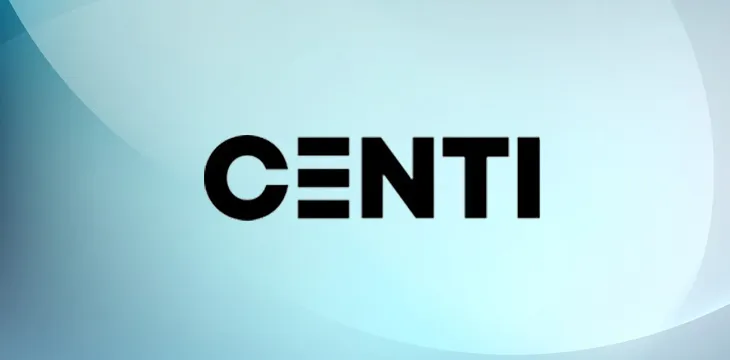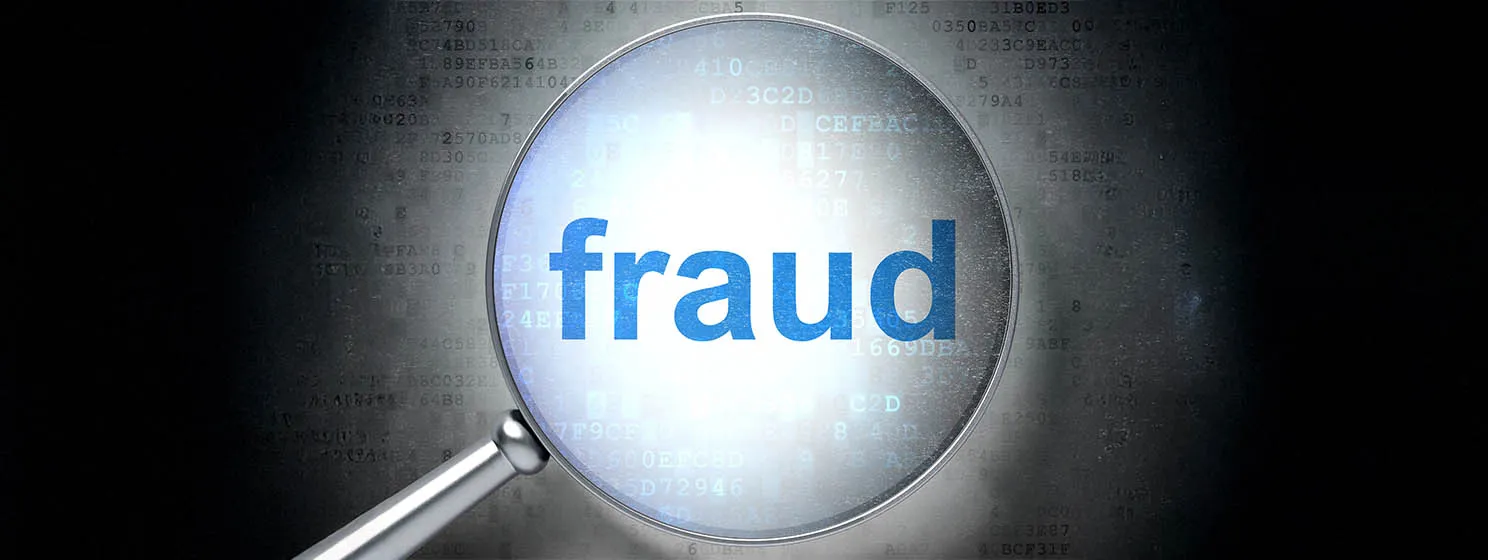|
Getting your Trinity Audio player ready...
|
Zurich-based digital payments firm Centi has launched a Swiss franc-pegged stablecoin, marking an important first for the company and the Bitcoin SV (BSV) blockchain on which it operates.
On Tuesday, Centi announced the debut of its new Centi Franc stablecoin (CCHF), which Centi calls “the ideal digital payment token.” Targeted at both businesses and consumers, Centi proudly declared that CCHF combines “all of the advantages of cash with the convenience of electronic payments.”
Centi’s BSV-based global payment network already offers merchants significant advantages, including ultra-low fees that enable transactions smaller than a single franc without surrendering one’s entire margin to a credit card middleman. And unlike Visa (NASDAQ: V) or Mastercard (NASDAQ: MA), which restrict their application programming interface (API) to certified providers, Centi offers merchants an open API, eliminating the need to onboard these third-party providers.
The addition of CCHF further enhances Centi’s allure for merchants, and Centi maintains that because it’s fully backed by a Swiss bank guarantee, CCHF is “the closest implementation to date” of a central bank digital currency (CBDC).
All of these benefits are provided without requiring merchants (or consumers) to have any blockchain understanding whatsoever. As Centi founder/general manager Bernhard Müller has previously stated, his company’s solutions are for “people who don’t care about Bitcoin” and just want payment systems that work.
Müller told CoinGeek that CCHF has three primary differentiators compared to other stablecoins, starting with its focus on utility and consumer payments.
“Most stablecoins focus on arbitrage traders who want to move a lot of money from Exchange A to Exchange B because they want to buy a token that’s momentarily cheaper at Exchange B,” he said.
Unlike other stablecoins, whose reserve assets are the subject of frequent speculation due to their threadbare documentation, CCHF is fully backed 1:1 with a Swiss bank guarantee that, even if Centi were to default, each CCHF claim would be fully covered and recoverable.
Finally, CCHF’s direct-to-consumer model means consumers don’t have to interact with a digital asset exchange to acquire stablecoins (although CCHF may be listed on exchanges). CCHF also isn’t subject to six or seven-figure minimum transaction levels for either purchases or redemptions. As Müller put it, CCHF is “made for payments by everyday users” who can also top up their balances directly through the Centi app and transfer CCHF on a peer-to-peer basis.
Centi’s merchant partners are largely Swiss-based, so, for the moment, its stablecoin efforts are focused on CHF. But Müller says USD and euro-based stablecoins may not be far behind, as “the opportunities from those other currencies are pretty big.”
Under the hood
CCHF is issued on the BSV blockchain as a smart contract conforming to the STAS-20 token standard. While STAS tokens represent the smallest units of BSV, the smallest transactable unit of CCHF is one token representing 0.01 CHF. The original starting volume of CCHF is 20,000,000 tokens representing 200,000 CHF (CCHF 100 = CHF 1.0). That may seem modest compared with some market-leading stablecoins, but every journey begins with a single step.
CCHF’s bank guarantee is provided by Dukascopy Bank SA, a Geneva-headquartered online bank with offices around the globe. Launched in 1998, Dukascopy is regulated by the Swiss Financial Market Supervisory Authority (FINMA) and is a member of the Swiss Bankers Association. CCHF classifies as a currency-backed stablecoin and payment token following FINMA guidelines and is audited by blueAUDIT GmbH.
Last year, the Basel Committee for Banking Supervision (BCBS) proposed regulations for banks seeking to deal in digital assets, which are grouped into different categories depending on their risk levels. Group 1, the lowest-risk category, is further divided into Group 1a—tokenized traditional assets such as bonds, loans, deposits, equities, commodities, and custodied cash—and Group 1b, which is entirely devoted to stablecoins.
In order to qualify under Group 1b, a stablecoin must pass two tests. First, its reserve assets must at all times be sufficient to meet all redemption requests. Second, a stablecoin must demonstrate that it can be redeemed for an amount that “closely tracks the peg value” of its associated fiat currency.
This second requirement is further broken down into three pass/fail tests. The ‘fully passed’ standard means the peg-to-market-value difference cannot exceed 10 basis points more than three times in a 12-month period. If this peg-to-market-value difference exceeds 20 basis points more than 10 times in 12 months, the asset is deemed to have ‘failed.’
Should a stablecoin’s peg-to-market-value difference fall somewhere between these two standards, it is deemed to have ‘narrowly passed’ the test. But this standard results in the imposition of additional requirements for the asset to maintain its Group 1b designation.
It’s perhaps telling that most of today’s leading stablecoins by market cap wouldn’t meet the BCBS standards, having suffered dramatic de-pegging incidents in recent years. USDC, the Circle-issued, dollar-denominated stablecoin, briefly dipped below 87¢ this month following the collapse of Silicon Valley Bank, at which around $3.3 billion of USDC’s reserves were deposited.
Similarly, market leader USDT (Tether) has suffered several volatile de-pegs over the years, including a particularly notable plunge following the 2017 hack of sister company Bitfinex. But USDT also slipped 5% last May as the first signs of ‘crypto winter’ appeared and dipped 3% last November following the bankruptcy of the FTX exchange, whose affiliated market-maker Alameda Research was Tether’s largest client.
More recently, U.S. government actions against the Binance USD (BUSD) stablecoin caused it to bob up and down like a yo-yo. Meanwhile, the less said about so-called algorithmic stablecoins, the better the formula has proven woefully unworthy of any claim on the word ‘stable’ following last year’s dramatic collapse of the TerraUSD (UST) token.
Not surprisingly, some Tether supporters protested the proposed BCBS standards when they were released last year, evidently not relishing the prospect of being lumped into the riskier Group 2 category. These protestations arose despite the Tether advocates’ admission of “a non-negligible risk of a regulator freezing the accounts of the [USDT] issuer in the name of combating money-laundering.” Yeah, that would suck.
Centi’s Müller called CCHF “the missing piece of the puzzle” that will spur greater consumer adoption of both the Centi app and—further down the line—native digital currencies. “There’s always been this big hurdle where the average person says ‘it’s not backed by anything, it’s too volatile.’” Give these people the opportunity to transact in a digital asset that retains its value over time, remove some of that uncertainty, and maybe the next step won’t seem such a giant leap into the unknown.
To learn more about central bank digital currencies and some of the design decisions that need to be considered when creating and launching it, read nChain’s CBDC playbook.
Watch: Bernhard Müller on CoinGeek Conversations

 07-02-2025
07-02-2025 





